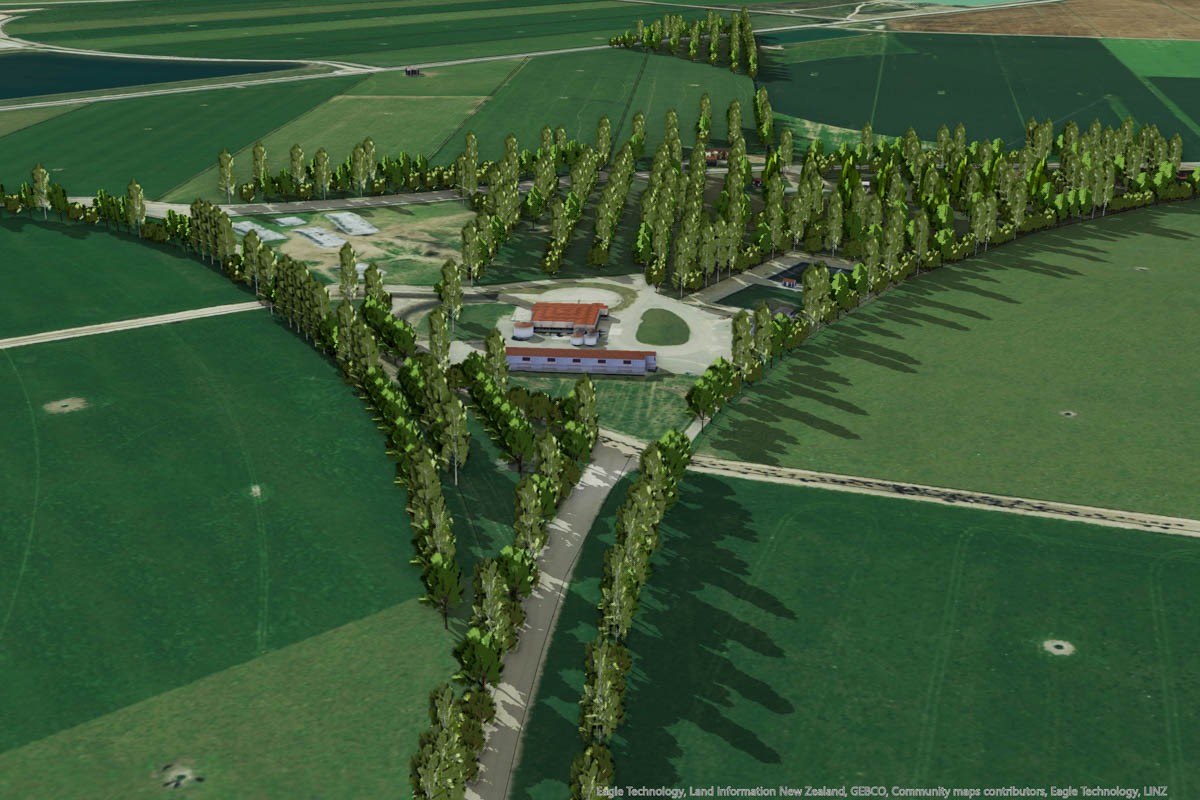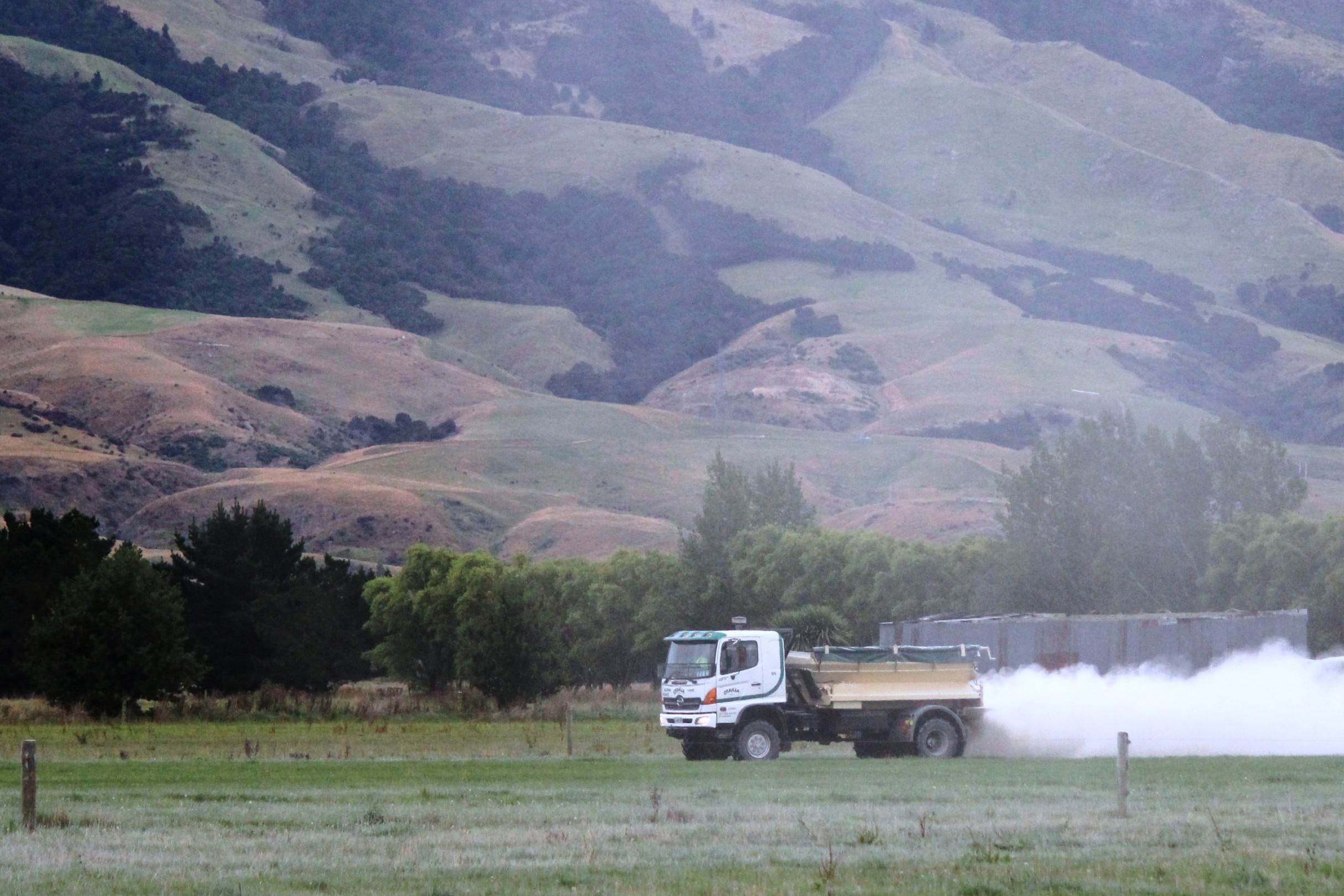By Chris McCullough
Dairy farming is a complex business to run as the management processes are always changing, as is the technology used to run a herd.
Long gone are the days of simply putting clusters on teats and hoping the white stuff in the tank is of high enough quality to achieve a good price.
Nowadays, the thought processes of dairy farmers venture more into data collection, breeding future goals, precise cow diets and daily costs.
While mobile phones continually buzz and ping as new herd data enters the clouds, farmers are bombarded with new ideas, technological advances and the latest dairy thoughts.
This was apparent at the Alltech ONE conference in Kentucky, United States, when a number of experts addressed some key points in dairy farming today.
Dr Eduardo Ribeiro, an associate professor in the Department of Animal Biosciences at the University of Guelph, highlighted how decisions made during different cow lactations can help shape her future.
First Dr Ribeiro explained that for the ideal transition period, a cow should have a dry period of about 40 to 50 days, a moderate body condition score, have a single calf without any problems, and maintain a good appetite.
He later went on to highlight how postpartum clinical issues such as retained placenta, metritis, mastitis, lameness, digestive and respiratory problems affected production.
“The incidence of clinical diseases is around 50% during the 305-day lactation. But most of those cases are occurring early in lactation. So by 60 days in milk, approximately 40% of the cows will have at least one clinical disease, and by the end of the third week, by 21 days in milk, 30% of the herd will have at least one clinical disease.”
Dr Ribeiro added that although most cases can be treated successfully, the cows won’t have the same performance in the next lactation as they would have without having that disease.
Prevention of these diseases in the first place was the key to ensuring healthy cows and lactations in the future.
“And that can be done in a multitude of ways. It can be through genetic selection of the animals that perhaps are less susceptible to disease or more resilient. It could be an investment of infrastructure and providing more comfort and less stress for cows during transition. Or it can be in management in general, which might include simple things like feedback management, or body condition score monitoring.”
The ultimate recycler
As more than 85% of feed consumed by livestock cannot be utilised by humans, dairy cows, therefore provide a critical link in the food chain.
Dr Vaughn Holder, Alltech ruminant research group director, discussed how important livestock is in converting byproducts to meat and milk for humans to eat. He examined food security and how the protein sufficiency of countries was an important measurement tool indicating if there was enough protein to sustain the population.
An interesting fact delivered by Holder was when discussing protein types.
“Now look at where the protein sources are. You’ve got tofu and eggs and farmed fish, poultry, pork, and soy milk being about the same. Grains and milk and cheese are about the same level of greenhouse gas production.
“When you go into these extensive systems where we are using large, forage-based production agriculture, you are going to have higher greenhouse gases just because of the nature of those fermentations.”
But Holder’s point was that the animals on these larger systems utilise feedstuffs that the rest of that production system cannot use.
“The dairy and the beef industries are using large quantities of byproducts. They are contributing to food security by converting things that we can’t eat or won’t eat into things that we can eat.”
The differential between animal protein and plant protein was also stressed. Holder made the argument that the digestibility and the amino acid composition of plant-based crops was not very good for humans.
“The average milking dairy cow in the United States eats 12kg of byproducts each day. About 8kg of drymatter every day.
“On average, 320g of byproduct per kilogram of milk produced. There’s a lot of byproducts going through dairy cows in the United States.”
In the end, the gist of Holder’s presentation was that the dairy cow is the ultimate recycling machine converting fibre and poor quality protein sources to meat and milk that are more suitable for human consumption.





